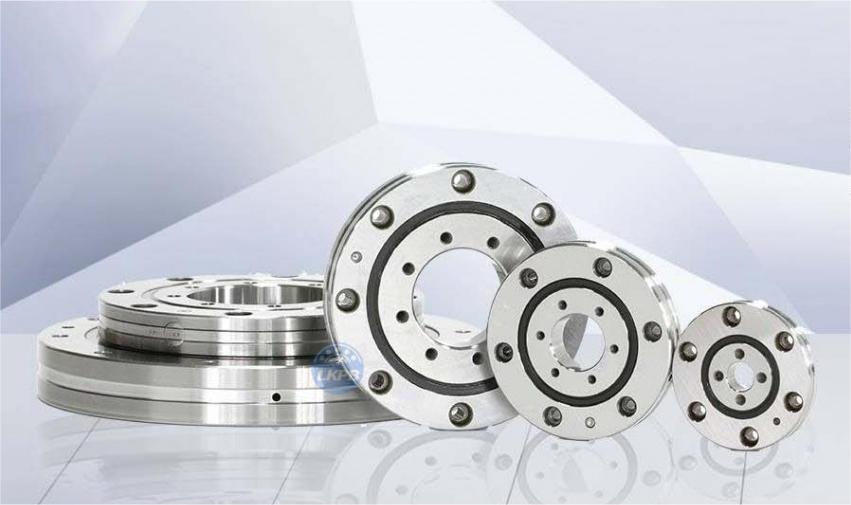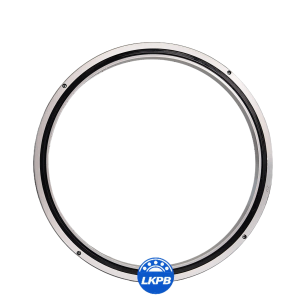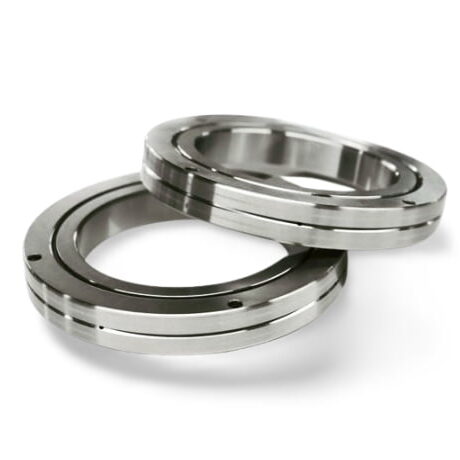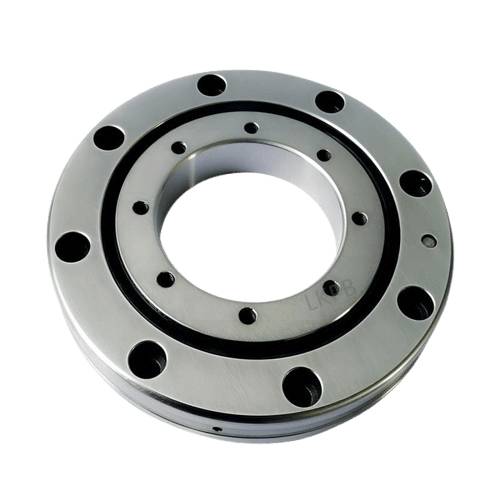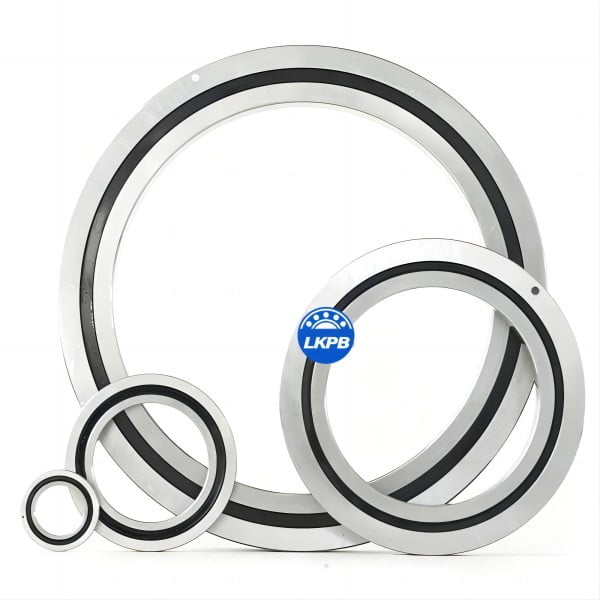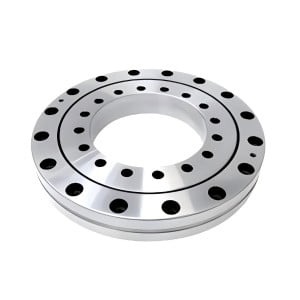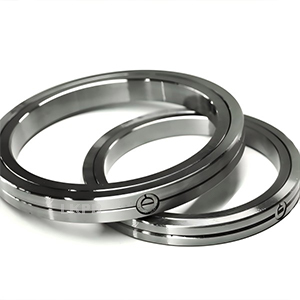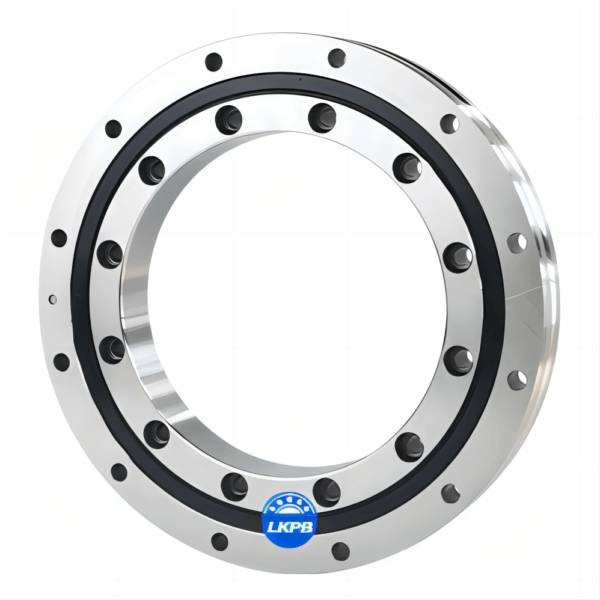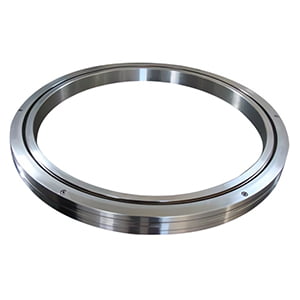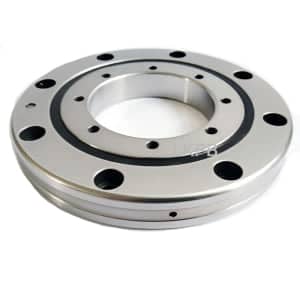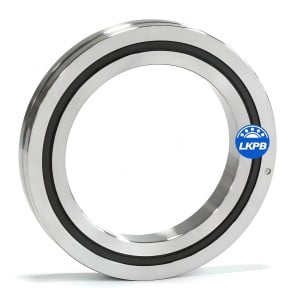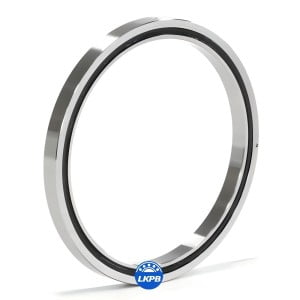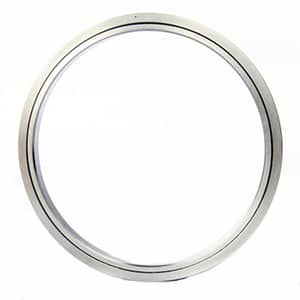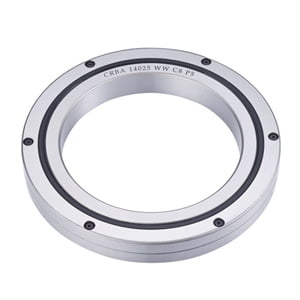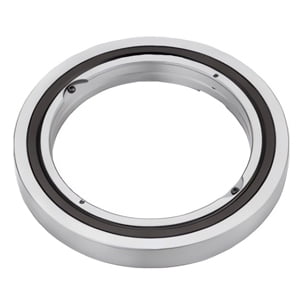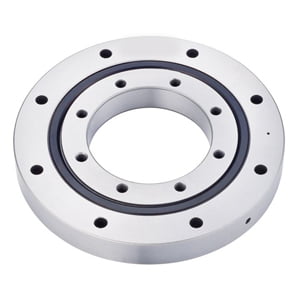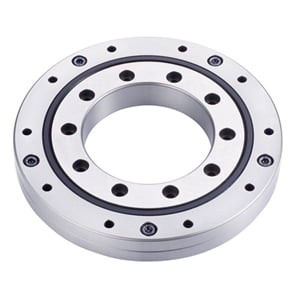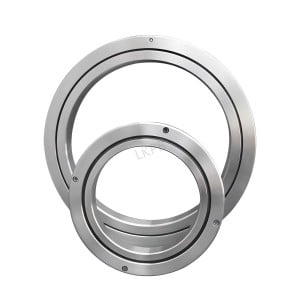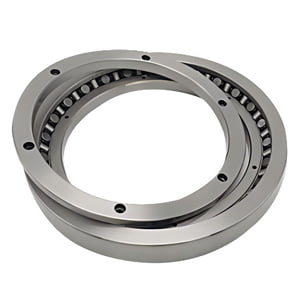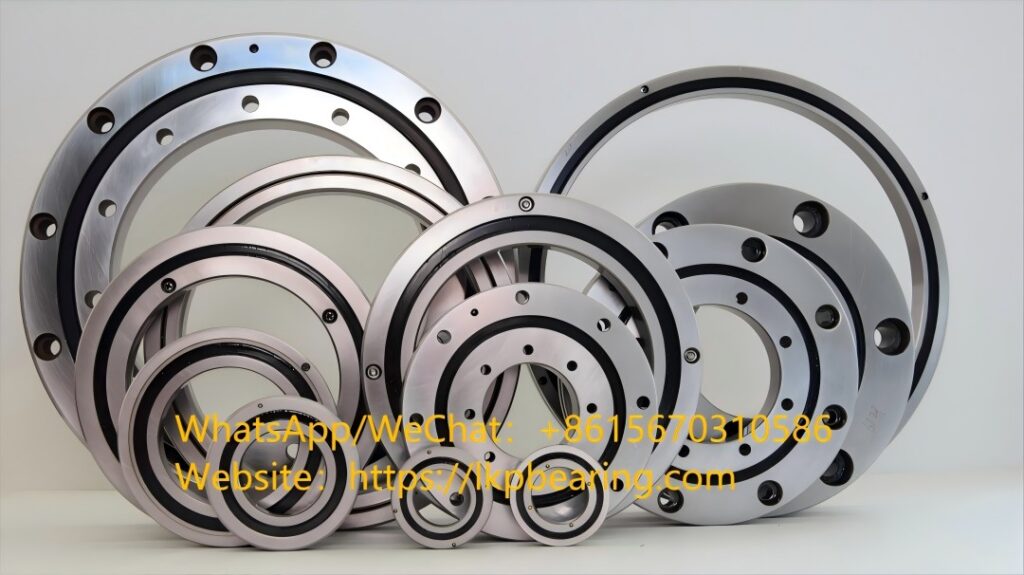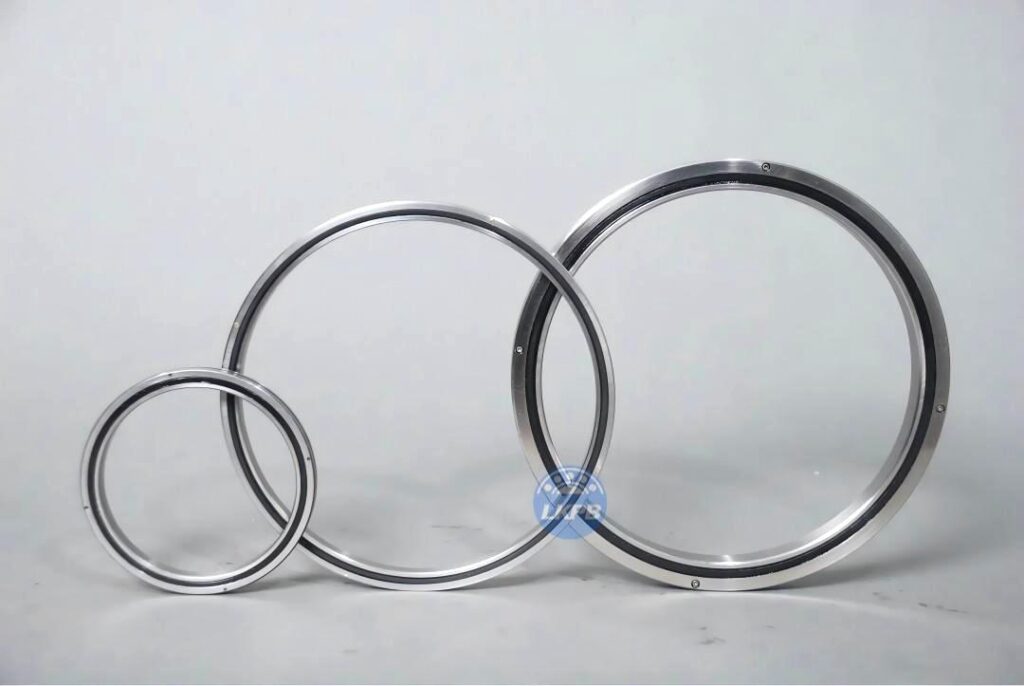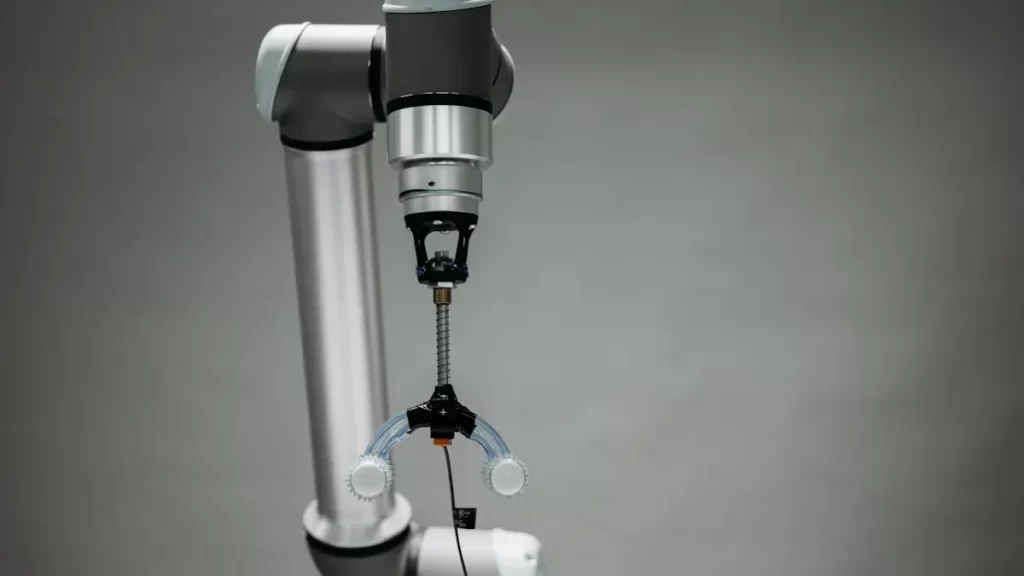When it comes to precision machinery and applications that require high levels of rigidity and accuracy, the cross roller ring bearing stands out as an indispensable component. In this comprehensive guide, we will explore what a cross roller ring bearing is, how it works, and why it might be the perfect solution for your needs. Whether you are a seasoned engineer or a procurement specialist looking for the best bearings, understanding this unique bearing type can help you make informed decisions for your business.
What is a Cross Roller Ring Bearing?
A cross roller ring bearing is a type of rotary bearing designed to handle both radial and axial loads simultaneously. Unlike traditional bearings, which typically feature a single row of rolling elements, a cross roller ring bearing uses cylindrical rollers arranged in a cross pattern. These rollers are positioned at right angles to each other and move within V-shaped grooves on both the inner and outer rings. This arrangement allows the bearing to support loads in multiple directions, offering a high degree of stiffness and rotational accuracy.
Key Features of Cross Roller Ring Bearings
- High Load Capacity: The cross-arranged rollers evenly distribute loads, allowing the bearing to support heavy radial and axial forces.
- Compact Design: Despite its high load-bearing capacity, the cross roller ring bearing has a compact design, making it ideal for applications with space constraints.
- Smooth Rotation: The unique roller arrangement minimizes friction, ensuring smooth and precise rotational movement.
- Enhanced Rigidity: The bearing’s design provides exceptional rigidity, making it suitable for applications where stability and precision are crucial.
How Does a Cross Roller Ring Bearing Work?
The working principle of a cross roller ring bearing lies in its unique roller arrangement. Each roller in the bearing is positioned at a 90-degree angle to its adjacent rollers. This cross arrangement ensures that the bearing can handle loads from all directions—radial, axial, and moment loads.
When the bearing rotates, the rollers move along the V-shaped grooves in the inner and outer rings. This motion allows the bearing to distribute the load evenly across all the rollers, reducing the risk of deformation and wear. The V-grooves also help guide the rollers, ensuring smooth and stable rotation even under heavy loads.
The combination of high load capacity, rigidity, and compact design makes cross roller ring bearings ideal for precision machinery, such as robotic arms, medical devices, and industrial automation equipment. Their ability to handle complex loads with minimal friction contributes to the overall efficiency and longevity of the equipment they are used in.
Applications of Cross Roller Ring Bearings
Cross roller ring bearings are commonly used in applications that require high precision, rigidity, and load-bearing capacity. Here are some of the most common uses:
- Robotics: In robotic arms and precision instruments, cross roller ring bearings provide the necessary accuracy and rigidity for smooth and precise movements.
- Medical Equipment: Devices such as MRI machines and surgical robots rely on these bearings for their stability and precise operation.
- Machine Tools: Cross roller bearings are often used in CNC machines, milling machines, and other high-precision tools where accuracy and load capacity are essential.
- Rotary Tables: In indexing tables and turntables, cross roller ring bearings ensure smooth rotation and precise positioning.
- Optical Instruments: High-precision optical devices, like telescopes and microscopes, use cross roller bearings to maintain stable and accurate movements.
Advantages of Using Cross Roller Ring Bearings from LKPB
Choosing the right supplier for your cross roller ring bearings is critical to the success of your projects. LKPB offers a range of cross roller ring bearings that are designed to meet the most demanding industrial requirements. Here’s why you should consider LKPB bearings:
- Customization Options: LKPB provides non-standard customization options, allowing you to get bearings tailored to your specific needs. Whether you need a bearing with unique dimensions or enhanced performance features, LKPB can deliver.
- OEM Support: For manufacturers looking to integrate cross roller bearings into their products, LKPB offers comprehensive OEM support. This includes everything from design consultation to production and quality assurance, ensuring that your bearings meet the highest standards.
- High-Quality Materials: LKPB cross roller bearings are made from premium materials, ensuring durability and long service life even in the most challenging conditions.
- Competitive Pricing: Despite the high quality, LKPB offers competitive pricing, making it an excellent choice for businesses looking to optimize costs without compromising on performance.
What to Consider When Purchasing Cross Roller Ring Bearings
When selecting cross roller ring bearings for your application, there are several factors to consider:
- Load Requirements: Determine the maximum radial, axial, and moment loads the bearing will need to support. This will help you choose a bearing with the appropriate load capacity.
- Precision: Consider the level of precision required for your application. High-precision applications, such as medical devices or optical instruments, may require bearings with tighter tolerances.
- Environment: Think about the operating environment, including temperature, humidity, and exposure to corrosive substances. This will influence the choice of materials and coatings.
- Installation Space: Ensure that the bearing’s dimensions fit within the available installation space. Cross roller ring bearings are compact, but it’s still essential to verify compatibility with your equipment.
- Supplier Reliability: Choose a reputable supplier like LKPB to ensure you receive high-quality bearings with reliable performance.


